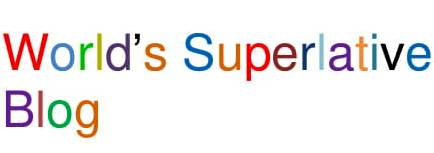I contain multitudes
I hold two different people in my bones. About two years ago I had a cheilectomy on my right big toe. In this rather gruesome procedure, bony overgrowth is scraped off the joint space to reduce pain and increase mobility. To help facilitate the formation of a new joint, the podiatrist mixed “cadaver collagen” with my blood, then applied the resulting paste to the two bone ends. Then about a year ago I had oral surgery to repair bone regression at the base of a tooth (number 5, in case you wondered). This time “cadaver bone” was grafted into my jaw. I’m pleased to say that both procedures were successful. Ah, the joys of getting older and having the ol’ bod wear out!
Having dissected cadavers in medical school, I was interested to learn more about how the cadaver collagen and cadaver bone were obtained. So I asked my dentist if there was some big depository where human bones were dumped, then ground up and aliquoted out for various transplant uses. No, she said, the material always comes from a single person, who had consented to donating their post-mortem bones for such purposes. A single person? That got my attention; this was more interesting than getting a slurry of random bones. Why, I asked, did the material come from just one cadaver? She gave a very cogent answer: If anything goes wrong–for example rejection or infection–it would be much easier to identify the source if it came from a single person. So when the transplant is performed, the serial number on the bottle is entered into my medical record. If a problem arises, the dentist or the podiatrist can report it back to the company that generates the material, and they can alert other recipients and recall the other bottles of bone derived from that same person. Likewise, my dentist or podiatrist will be told if another patient with whom I share a bone has a problem.
As I said, this was a startling revelation: I now know that I house bits of the bodies of two particular people. I can’t help but wonder who they were. Male or female? Young or old? What did they look like? Where did they live, and how did they die? And what motivated their altruistic donations? Whoever they were, the fact is that two other people are living within me. I find this interesting, and perhaps, a little creepy. But I’m sure the feeling is much more intense for recipients of a kidney, or especially a heart. In those cases it’s a discrete organ performing a vital function that was inserted into one’s body, not merely human-sourced calcium hydroxyapatite.
It’s widely reported that people who have received organ transplants, especially hearts, say they feel the presence of the donor. Sometimes, as I understand it, this leads to a dialog with that person, and can even result in an alteration of the recipient’s personality. I find this quite credible. While I’m not in conversation with the people incorporated into my toe and my tooth, I’m certainly grateful for what they have selflessly given me.
But when you think about it, transplants are merely one example of how others are incorporated into our lives. Obviously, we receive substantial chunks of DNA from our parents, and, through them, from previous generations. We carry this genetic material, and are influenced by it in myriad ways.
And of course we also assimilate non-physical attributes from family, neighbors, teachers, spiritual leaders, and friends. These incorporations, some intentional, others quite unconscious, inform our mannerisms, proclivities, values, interests, wisdom, humor, passions, and many other things. Thus, we are far from being the distinct and autonomous entities we usually think we are. Rather, we’re quite permeable beings with others flowing in and out of us all through our lives. For all of my transplants, both physical and non-physical I’m grateful, and give thanks. They work together to make me who I am: I’m an integration of a huge assortment of people that I’ve internalized over the years. As Walt Whitman so aptly put it, “I am large, I contain multitudes.”

